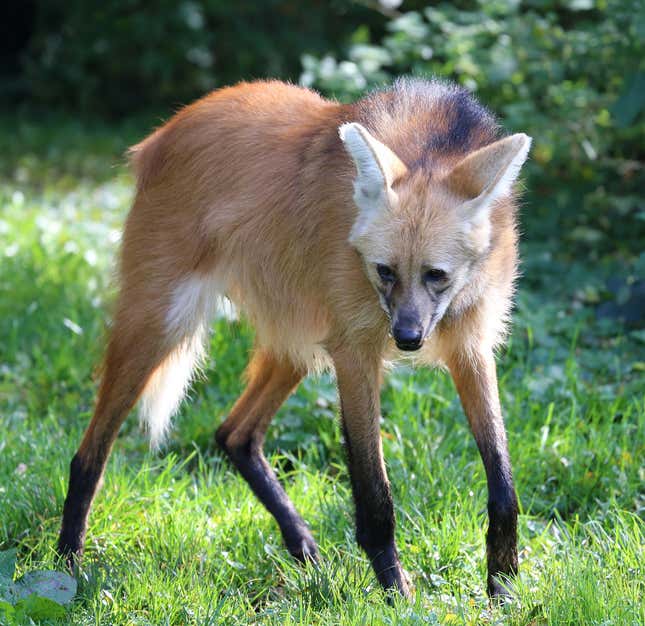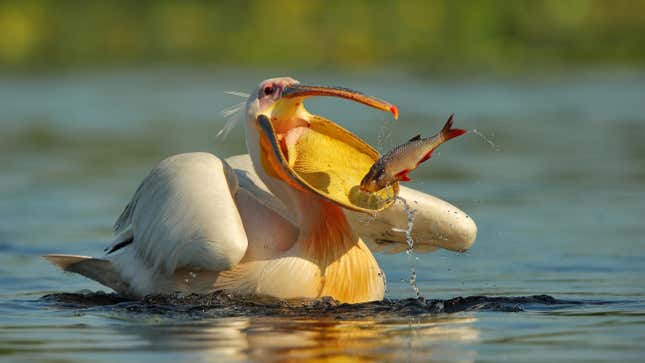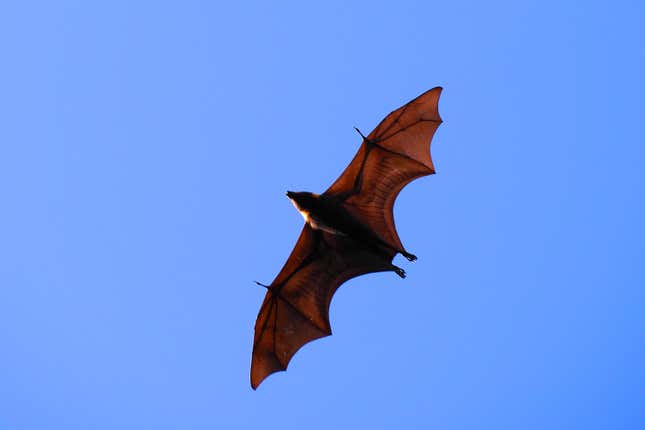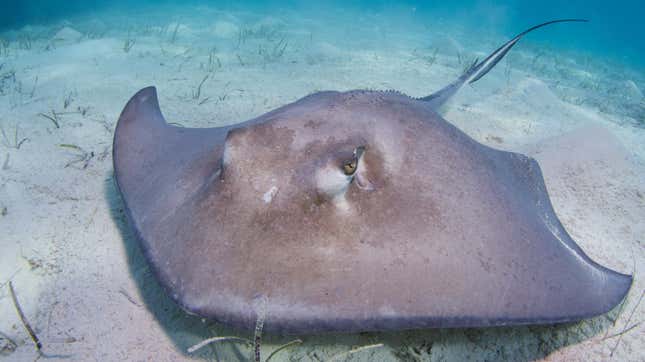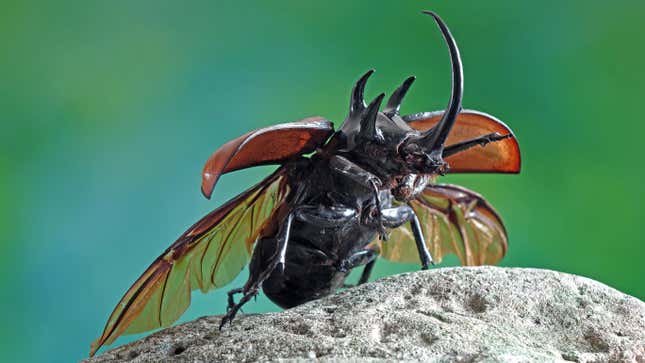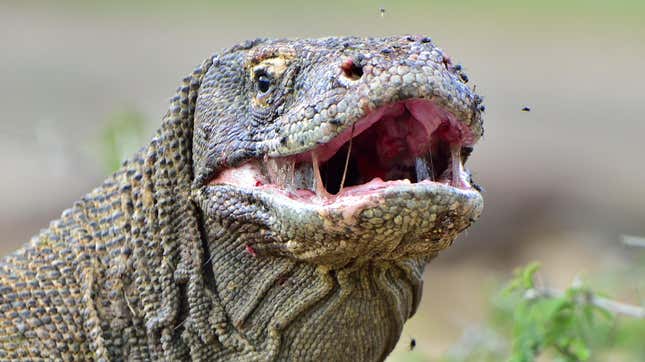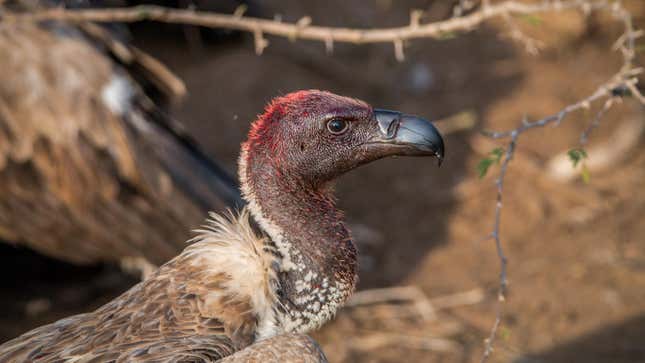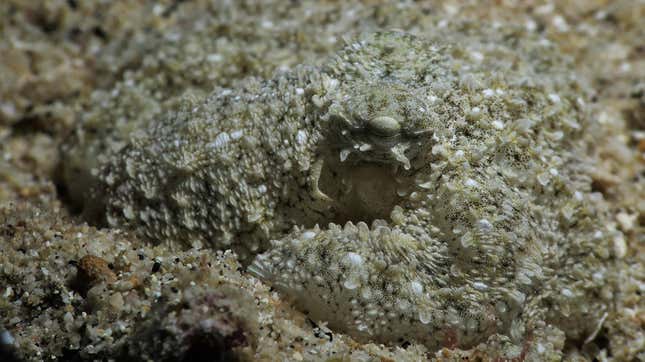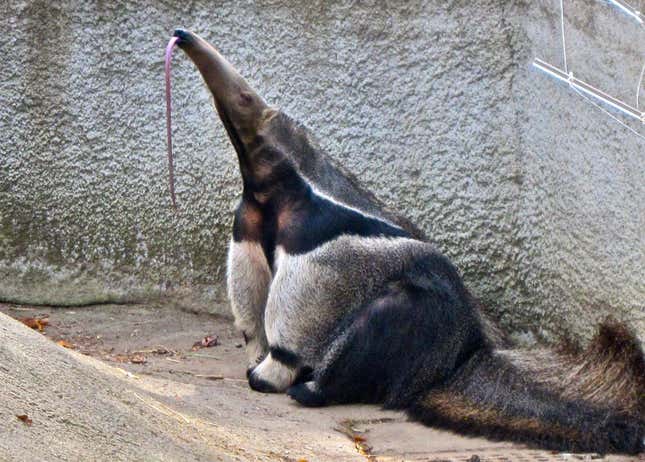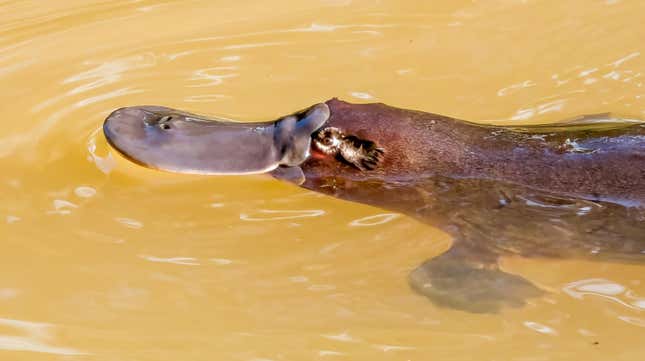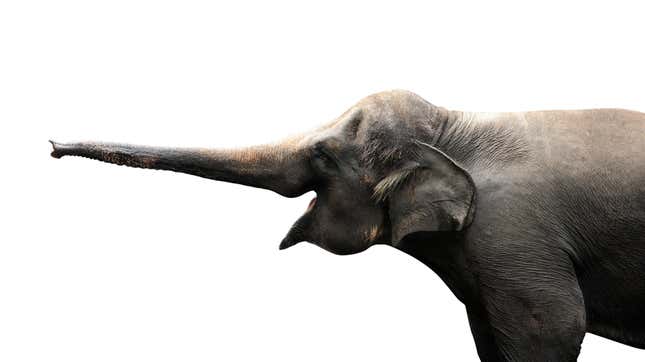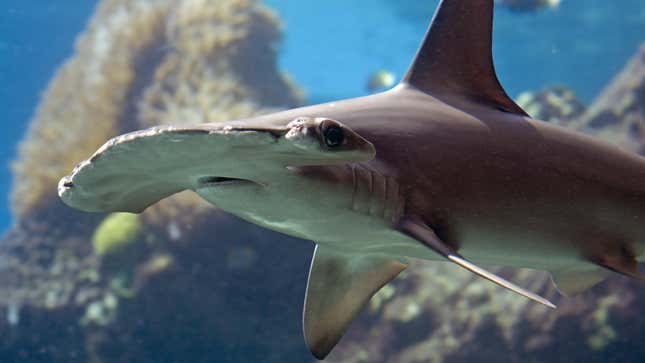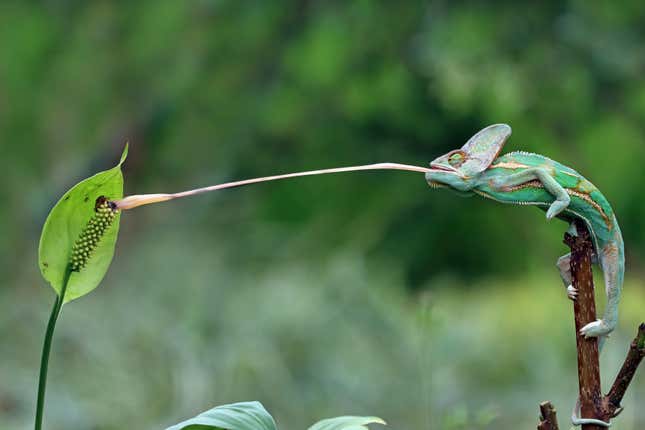
Billions of years of evolution has given rise to us, the millions of species that persist on planet Earth today. Some of us are small, some of us are big, and some of us have huge ears, flat tails, compound eyes, or infrared vision. Each of these adaptations has its merits, but only a handful of them can be considered the most fun, in my (totally scientific) opinion.
I consider these the 15 most delightful inventions evolution has bestowed on extant species. Please let me know which critter or physical trait I’ve overlooked.
